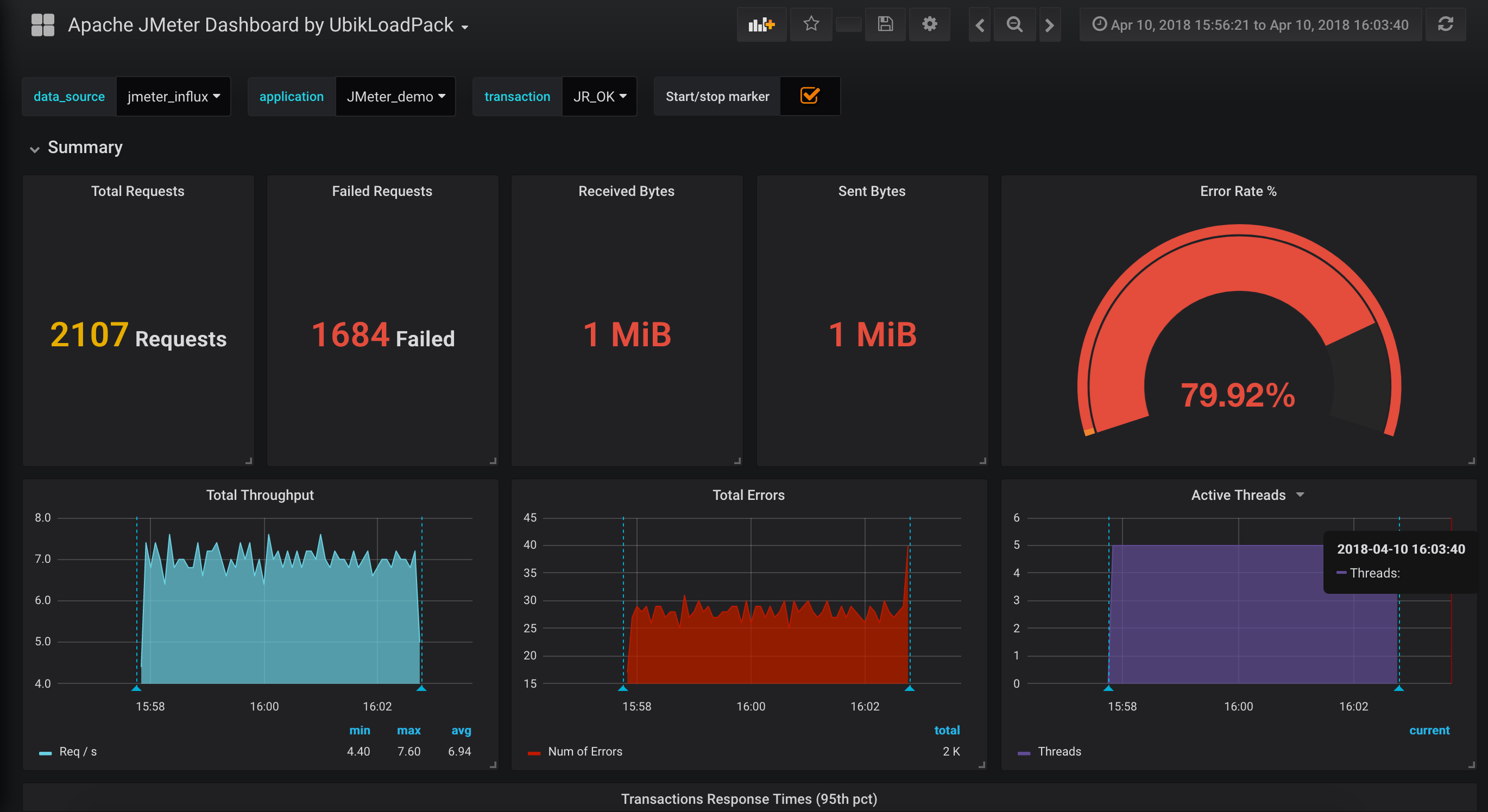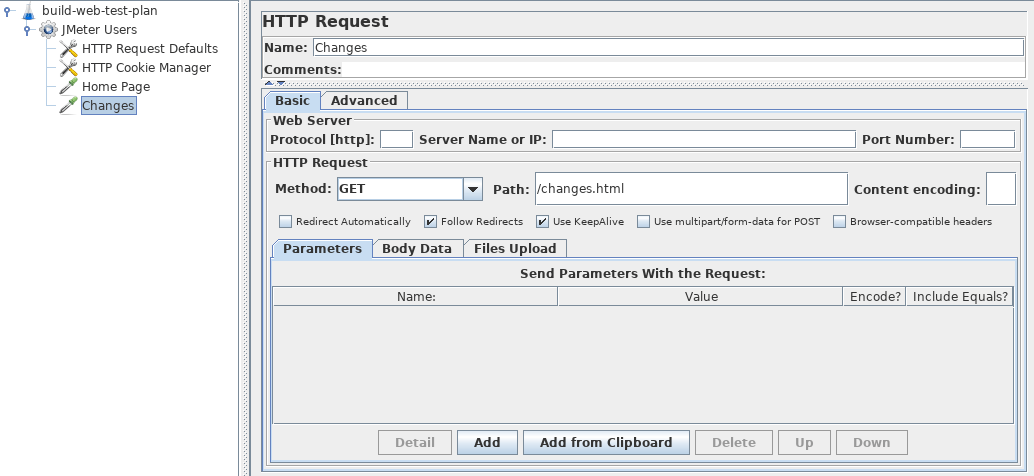

I choose Aggregate Report so I can follow the run as it happens. Right mouse click on the Test Plan, then Add -> Listener. Then go to CSV Users Data and locate your users.csv file under Filename. Open the Warm-up site -> Default site request and enter the protocol (http or https) and Server name or IP. This will open a tree on the left hand side of JMeter. This will open the JMeter GUI.įirst step is to go to File -> Open and select the testplan.jmx file.
#JMETER FILE UPLOAD EXAMPLE WINDOWS#
open the /bin subdirectory and use either jmeter.bat on Windows or.
#JMETER FILE UPLOAD EXAMPLE INSTALL#
To install JMeter go to the JMeter page, download the zip and unzip it to the directory of your choice. The instructions vary with the operating system. If it doesn't return a version, first install Java on your client. First check if Java is installed in your client computer by opening a console and entering ' It can be run on the command line or on its graphical client on your desktop. JMeter is a Java application so it can run on Windows, Mac, or Linux. Another advanced concept we have written about is using Groovy scripting for data driven testing using Excel files. Like what you see and ready to move to the next level with data driven JMeter testing on RedLine13? We have a feature on our platform that lets you split records in CSV across your load agents which you can read about here. If you execute more requests than you have lines in your CSV file, JMeter will cycle to the beginning of the file and reuse values again. Here is an example of what we can expect to see with a “ View Results Tree” listener configured: Request parameters are sourced from the specified CSV file.Įach sequential request that references the CSV-mapped variable will read from the subsequent line. So, what happens now when we run our test? If we configured everything properly as above, we should see requests come through with parameters set to match what is contained within our CSV file. The CSV file (in this case “ Sample CSV File.csv”) is added to the test run as an “ Extra File”: However, since our test plan is dependent on a CSV file, we’ll have to upload that as well. Once we complete the test plan, it is time to upload it to RedLine13. For each iteration where this request is called, it will read the value from sequential lines within that file. In the above screenshot we have the request parameter “ itemCode” configured to the value contained in “ columnX” within our CSV file. jmx file and run with headless mode with the updated ‘sample’ file which has headless browser - HtmlUnitDriver. The above steps allows developers/team members to do one of the following: Novice.
(This syntax is explained here in the JMeter documentation under “ User Variables”.) An example of such usage in an “ HTTP Request” element would be as follows: Example of a JMeter “HTTP Request” element configured for User Variables. Export this class file as jar file and label it with class name and replace this in location Example: apache-jmeter-5.2.1libjunitSample.Jar Restart JMeter and reopen the Junit Selenium. CSV File Path should point to the Windows C:/ folder path C:jmeter-base
JMeter has a special convention for this – $. The next logical step would be to use data fields from our CSV file to create variable requests. Configuration settings for our sample CSV data source.

Correspondingly, the column names in either case will become variable names when referenced within our test. However, if our CSV file does not contain a header row, we can specify a comma-delimited list of column names.
The filename is the only field that is usually required. After selecting the JMeter script file, it is uploaded to theOnce added, we can configure the CSV data source. We can add this directly at the root level of the Test Plan: Adding the “CSV Data Set Config” element to our test plan. The first element we want to add to our test plan is a “ CSV Data Set Config”. In this brief post, we will illustrate the steps of parameterizing your JMeter tests from a CSV data source. Using parameterization, this is a straightforward task.

However, there is often a need to generate many different requests. It is easy to generate thousands of requests with JMeter. When designing a load test, it is a common goal to emulate real-world requests to the best extent possible.


 0 kommentar(er)
0 kommentar(er)
